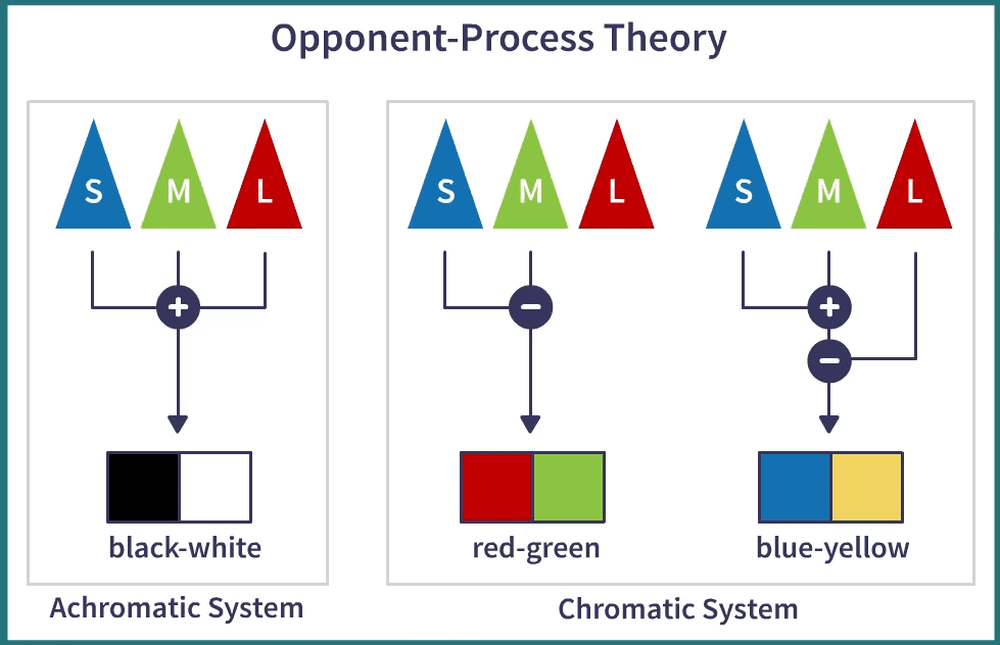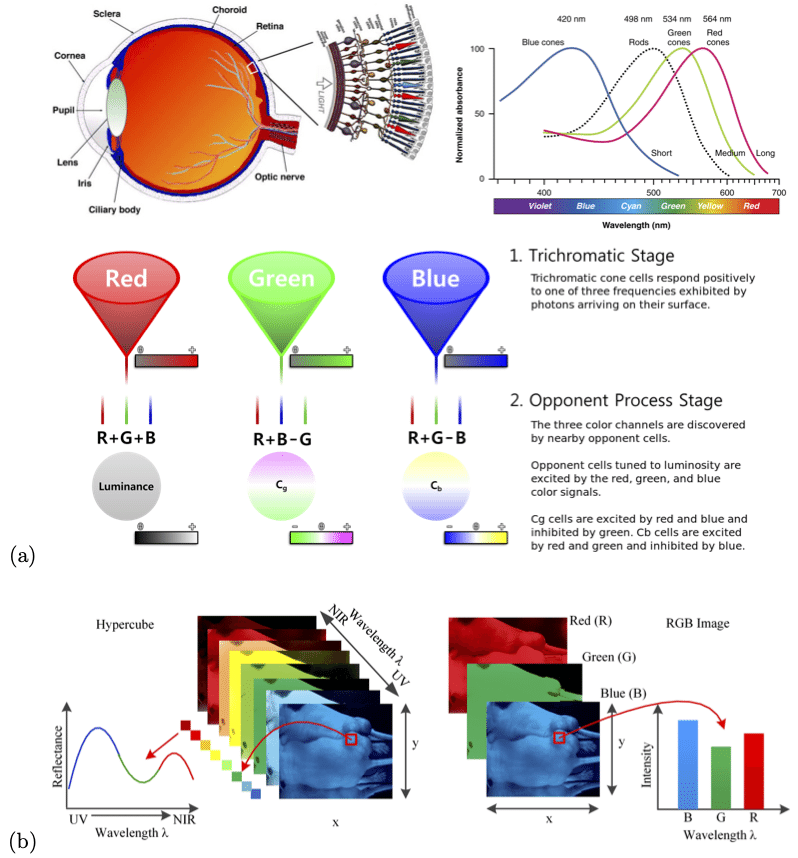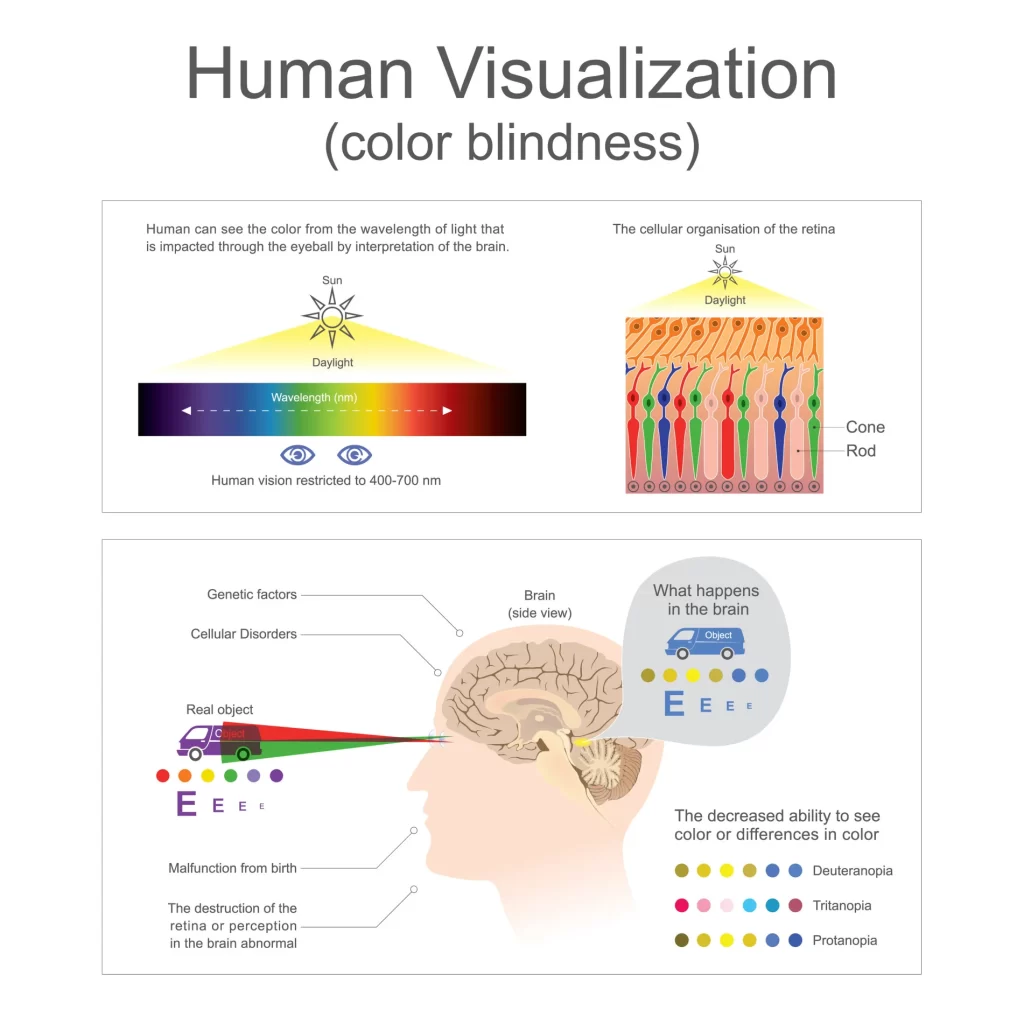One of the foundational concepts in color theory is the Young–Helmholtz theory of color vision. It explains how humans perceive color through the interplay of light and our visual system. This article will delve into the intricacies of this theory, its implications in various fields, and how it shapes our understanding of color.
What is the Young–Helmholtz Theory?
The Young–Helmholtz theory, also known as the trichromatic theory of color vision, was proposed independently by Thomas Young and Hermann von Helmholtz in the 19th century. This theory posits that the human eye contains three types of cone photoreceptors, each sensitive to different wavelengths of light:


- Short-wavelength cones (S-cones): Sensitive to blue light.
- Medium-wavelength cones (M-cones): Sensitive to green light.
- Long-wavelength cones (L-cones): Sensitive to red light.
According to this theory, the brain interprets color by combining the responses of these three types of cones. This additive color mixing allows us to perceive a wide spectrum of colors through the combination of red, green, and blue light.

The Role of Cone Photoreceptors
1. S-Cones (Blue)
S-cones are most responsive to light wavelengths between approximately 400 to 495 nanometers. They play a crucial role in our perception of blue shades and help distinguish between different hues in the cooler spectrum. Their sensitivity diminishes as wavelengths increase, making them less responsive to green and red light.
2. M-Cones (Green)
M-cones respond to wavelengths from about 490 to 570 nanometers. This sensitivity to green light allows for the perception of various shades of green and contributes to the overall balance of color vision. M-cones are essential for distinguishing colors in the middle of the spectrum.
3. L-Cones (Red)
L-cones are most sensitive to light wavelengths ranging from approximately 570 to 700 nanometers. Their heightened sensitivity to red light enables the perception of warmer colors and hues, which are vital for interpreting many natural phenomena and artistic expressions.
How the Young–Helmholtz Theory Explains Color Perception
The Young–Helmholtz theory explains color perception through a process called additive color mixing. When light of different wavelengths hits the photoreceptors in our eyes, they send signals to the brain based on the intensity and combination of light received.
For example:
- Red and green light combined will stimulate the L-cones and M-cones, resulting in the perception of yellow.
- Red and blue light combined activates L-cones and S-cones, leading to the perception of magenta.
- Green and blue light combined stimulates M-cones and S-cones, producing cyan.
This theory allows for the explanation of various color phenomena, including color blindness and the way different cultures perceive color.

Applications of the Young–Helmholtz Theory
1. Art and Design
Understanding the Young–Helmholtz theory helps artists and designers create harmonious color schemes. By combining colors based on their cone stimulation, they can evoke specific emotions and reactions in their audience.
2. Photography
In photography, mastering color theory enables photographers to manipulate colors effectively, enhancing visual storytelling. By using filters and post-processing techniques, they can adjust the balance of red, green, and blue to achieve the desired effect.
3. Digital Displays
The principles of the Young–Helmholtz theory are fundamental in creating digital displays, such as computer monitors and televisions. These devices use the RGB color model to reproduce colors accurately by varying the intensity of red, green, and blue light.
4. Color Blindness
The Young–Helmholtz theory provides insights into color vision deficiencies, such as red-green color blindness. Understanding the functioning of cone photoreceptors helps researchers develop tools and aids for those affected by these conditions.

Conclusion
The Young–Helmholtz theory of color vision offers a comprehensive framework for understanding how we perceive color. By exploring the roles of cone photoreceptors and the mechanisms of additive color mixing, we gain valuable insights that apply across various fields, from art and design to technology and healthcare. By appreciating the complexities of color theory, we can enhance our creative endeavors and improve our understanding of the visual world.
